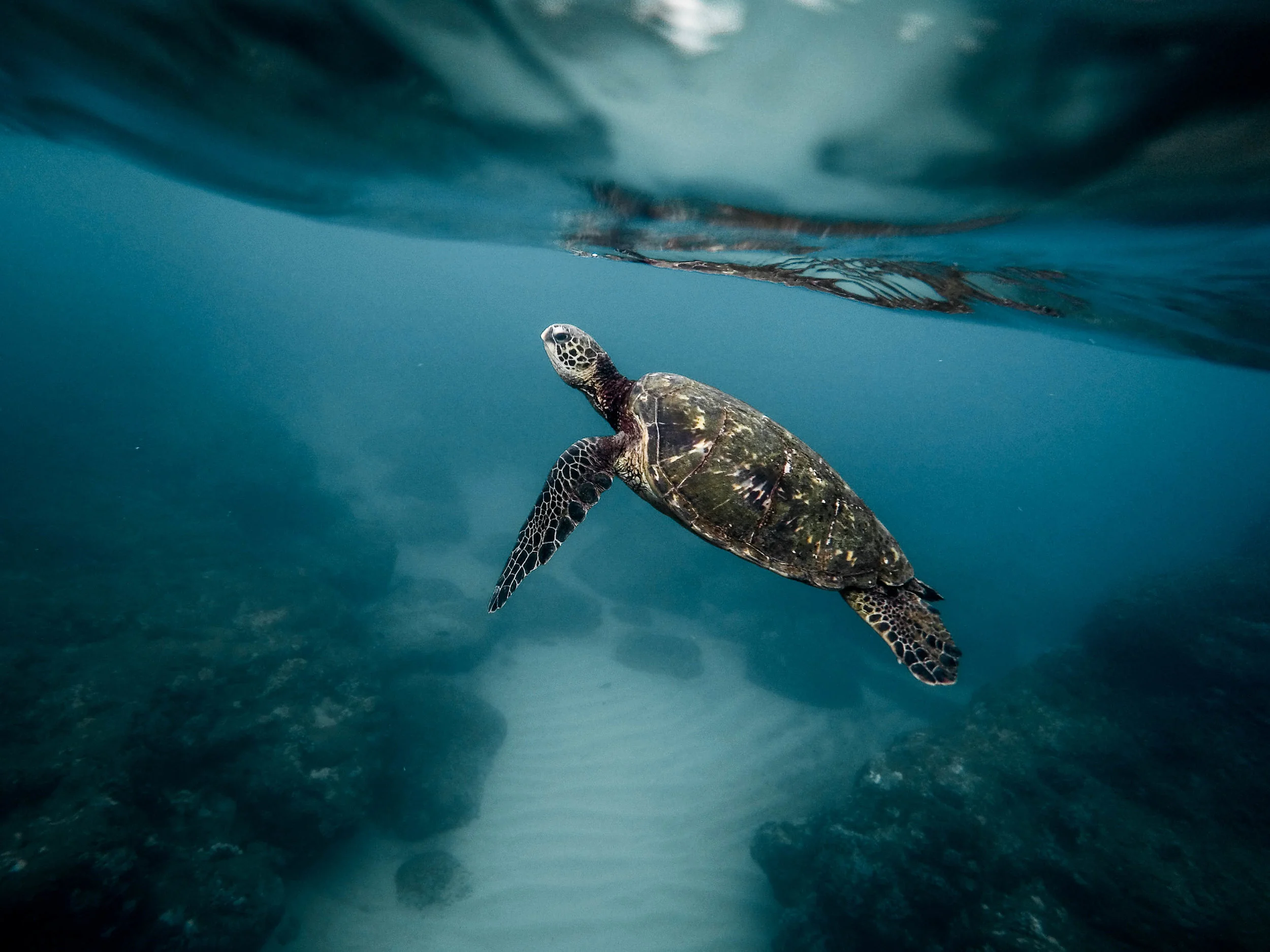Sea turtles appear in many cultures and myths, and are often beloved symbols of longevity and wisdom. However, in spite of the cultural respect shown towards them, green sea turtles have gradually become endangered due to factors such as nesting habitat loss, pollution, egg harvesting, climate change, and boat strikes. Now, there’s a new, even more dangerous threat on the block: herpes. And no, it’s not the herpes you’re thinking of - this kind, known as fibropapillomatosis (FP), is much, much worse.
FP has been observed across all species of sea turtles for years, but it has recently become especially widespread among green sea turtles (Chelonia mydas). The alarming incidence of FP is exacerbating the decline of this already vulnerable population. Among green sea turtles, the number of cases of FP increased 6000% from the 1980s to the mid-1990s, with FP becoming so globally pervasive that the outbreak has been classified as “panzootic,” the animal equivalent of “pandemic.” Now, you might think, “That sounds bad, but why are these turtles dying?” In humans, herpes is unpleasant, but it is seldom life-threatening. Unfortunately, in green sea turtles, the outlook isn’t nearly as optimistic. FP causes the development of tumors on the soft tissues, the shells, and even the eyes of infected turtles. When these growths are left untreated, they can grow to immense sizes, impairing the animal's vital activities, such as breathing and swallowing. So, while the tumors aren’t directly lethal, they invite hordes of secondary infections and pathogens that ultimately result in death.
To make matters worse, treatment for FP is still in development. A landmark study identified the specific pathogen responsible for FP as Chelonid herpesvirus 5 (ChHV5), a close relative of human genital herpes.1 This discovery was the first step to a cure, but it raised an important question - how had this variant of herpesvirus become so prevalent? Until recently, the answer to that question was elusive.
Fortunately, several recent discoveries offered new explanations for FP’s rise. One study reported a significant positive correlation between serum concentrations of heavy metals and the severity of FP, as well as a significant negative correlation between serum cholesterol concentrations and FP.2 In a related find, a team at the University of São Paulo discovered that many green sea turtles have been exposed to organochlorine compounds, which are known to have carcinogenic effects.3 Further research could potentially determine a direct causal relationship between the development of FP and exposure to heavy metals or organochlorine compounds. If such a relationship were found, projects that strive to decrease the prevalence of said compounds in the turtles’ habitats could prove effective in mitigating the spread of FP.
So what’s the prognosis for the green sea turtle? Unfortunately, even knowing what we now know, it may not be good. A study by Jones et. al. found almost all of the infected turtles are juveniles, potentially creating a big problem for the population.4 Jones believes the most optimistic explanation for this trend is that current adults and hatchlings have never been exposed to the disease, so only one generation (the juveniles) has been infected. Another optimistic possibility is that once infected turtles recover from the disease, they will simply acquire immunity as adults. However, there is another, devastating possibility: all of the affected juveniles will perish before they reach adulthood, leaving only the unaffected alive and dooming the species. In a heartbreaking aside, Jones reported that FP “grows on their [the turtles’] eyes, they can't see predators, they can't catch food, so sometimes they slowly starve to death — it's not a nice thing for the turtles to experience. Severely affected turtles are quite skinny and have other pathogens affecting them – that’s why they die.”
Eradicating such a devastating disease will no doubt take many more years of specialized research, and significant efforts are needed immediately to rehabilitate the green sea turtle population. Luckily, conservation groups such as The Turtle Hospital, located in the Florida Keys, are making an active effort to save infected sea turtles. They perform surgeries that remove FP tumors, rehabilitate the turtles, and then release them back into the wild. In addition, they collaborate with universities to study the virus and educate the public on sea turtle conservation. To date, the Turtle Hospital has successfully treated and released over 1,500 sea turtles. Through the hard work of conservation organizations and researchers across the globe, we may still be able to save the green sea turtle.
References
- Jacobson, E. R. et al. Dis. Aquat. Organ. 1991, 12.
- Carneiro da Silva, C., et al. Aquat. Toxicol. 2016, 170, 42-51.
- Sánchez-Sarmiento, A. M. et al. J. Mar. Biol. Assoc. U. K. 2016, 1-9.
- Jones, K., et al. Vet. J. 2016, 212, 48-57.
- Borrowman, K. Electronic Theses and Dissertations. 2008
- Monezi, T. A. et al. Vet. Microbiol. 2016, 186, 150-156.
- Herbst, L. H. et al. Dis. Aquat. Organ. 1995, 22.
- The Turtle Hospital. Rescue, Rehab, Release. http://www.turtlehospital.org/about-us/ (accessed Oct. 4, 2016).

